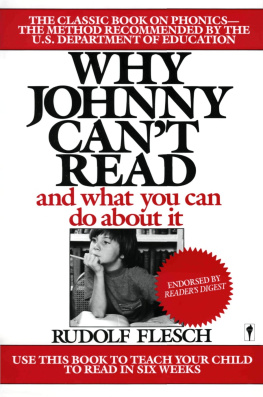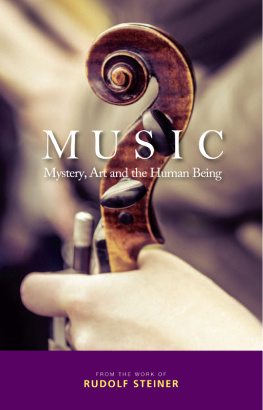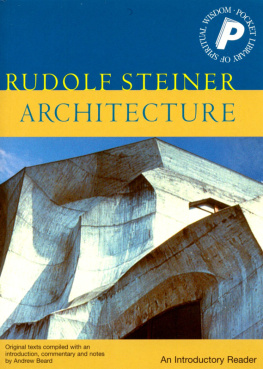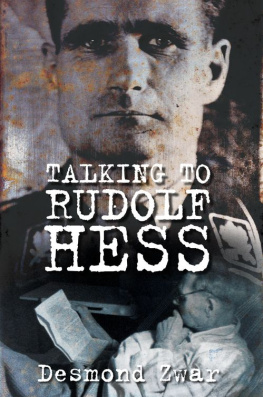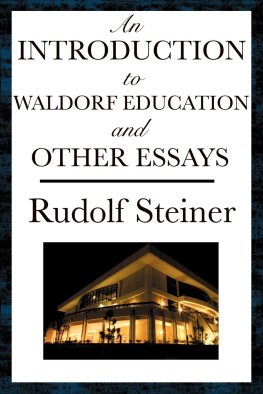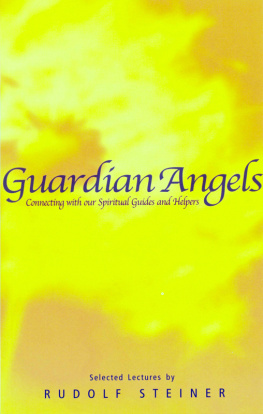Rudolf Flesch - Why Johnny Cant Read?: And What You Can Do About It
Here you can read online Rudolf Flesch - Why Johnny Cant Read?: And What You Can Do About It full text of the book (entire story) in english for free. Download pdf and epub, get meaning, cover and reviews about this ebook. year: 2012, publisher: Harper Collins, genre: Children. Description of the work, (preface) as well as reviews are available. Best literature library LitArk.com created for fans of good reading and offers a wide selection of genres:
Romance novel
Science fiction
Adventure
Detective
Science
History
Home and family
Prose
Art
Politics
Computer
Non-fiction
Religion
Business
Children
Humor
Choose a favorite category and find really read worthwhile books. Enjoy immersion in the world of imagination, feel the emotions of the characters or learn something new for yourself, make an fascinating discovery.
- Book:Why Johnny Cant Read?: And What You Can Do About It
- Author:
- Publisher:Harper Collins
- Genre:
- Year:2012
- Rating:5 / 5
- Favourites:Add to favourites
- Your mark:
- 100
- 1
- 2
- 3
- 4
- 5
Why Johnny Cant Read?: And What You Can Do About It: summary, description and annotation
We offer to read an annotation, description, summary or preface (depends on what the author of the book "Why Johnny Cant Read?: And What You Can Do About It" wrote himself). If you haven't found the necessary information about the book — write in the comments, we will try to find it.
Why Johnny Cant Read?: And What You Can Do About It — read online for free the complete book (whole text) full work
Below is the text of the book, divided by pages. System saving the place of the last page read, allows you to conveniently read the book "Why Johnny Cant Read?: And What You Can Do About It" online for free, without having to search again every time where you left off. Put a bookmark, and you can go to the page where you finished reading at any time.
Font size:
Interval:
Bookmark:
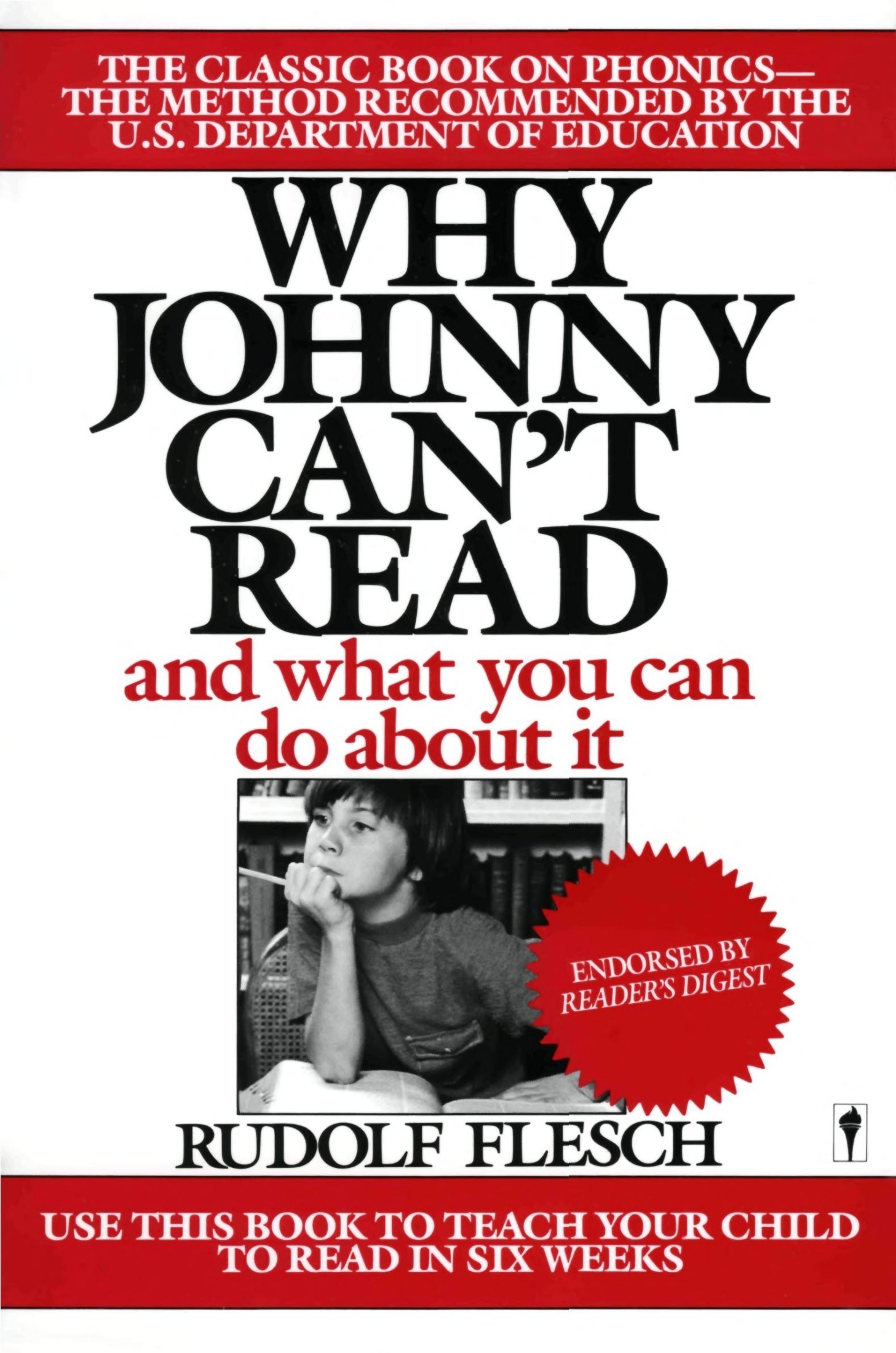
Why Johnny Cant Read
AND WHAT YOU CAN DO ABOUT IT
With a New Foreword, from Readers Digest,
Why Our Children Arent Reading
Rudolf Flesch

To Stephen
E DWARD Z IEGLER
Why Our Children Arent Reading
After six-year-old Luke finished kindergarten, he and his grandfather began a summer project: teaching Luke to read. The pair sat down one July morning with a list of words that made up the first of 72 lessons. Soon Luke learned the sounds of 5 short vowels and 17 simple consonants, and began reading words like jam, nip, wag and hop. The lists went on to cover words with other sounds and spellings and two or more syllables: chipmunk, kangaroo, and snowball. The last list included liberty, independence and blueberries.
Six weeks later, at a Chinese restaurant, Luke read his fortune cookie to his proud family: Careful planning will bring rich rewards.
How could Luke learn to read so quickly? His grandfather had used a foolproof method of teaching based on the alphabetic code. With few exceptions, all English words are spelled by this code, which consists of fewer than 200 letters and letter groups, each standing for one or more of the 44 sounds in English. Once a child has learned this code, he can read.
Lukes grandfather is Rudolf Flesch, a prophet of reading reform. His celebrated book Why Johnny Cant Read (1955) is still in print and contains the 72 lessons that Luke learned. A 1981 sequel Why Johnny Still Cant Read, repeated his recipe for resolving the crisis of our schools. And now, an official U.S. Department of Education report endorses Fleschs insistence on teaching the alphabetic code.
Third-World Scenario. In that first Johnny, Flesch wrote: The teaching of reading in the United States flies in the face of all logic and common sense. He explained that by the 1930s, to rid their classrooms of what one education professor called heartless drudgery, Americas reading teachers abandoned the alphabetic code and began to teach children to guess and memorize the meanings of the tens of thousands of words they would see in print.
What I suggested, Flesch said recently, was very simple: go back to the ABCs. Teach children the 44 sounds of English and how they are spelled. They they can sound out each word from left to right and read it off the page. What he advocated has come to be known as phonics-first instruction.
As Flesch explains it, With phonics-first, you teach a child to read the word fish by telling him about the sounds of fffishort iand shsh. Then you tell him to blend the sounds from left to right to read the word: fish.
To teach the word by the look-and-say system, you give the child a picture of a fish with fish printed underneath and encourage him to memorize the group of letters that make up fish. Then you print the word again and again and hope the child will remember what the word fish looks like and what it means. You do the same thing, more or less, with the many thousands of other English words.
Most such instruction, Flesch insists, is not reading, but word-guessing. In 90 percent of our schools, he says, reading isnt taught at all. Books are put in front of the children and they are told to guess at the words, or to wait until Teacher tells them. And the guessing goes on and on.
Flesch blames the look-and-say method for our alarming decline in literacy. Some 27 million American adults are functionally illiterate, and 45 million more are only marginally literate. The number of adult problem readers is increasing by 2.3 million each year. At this rate, says Flesch, well soon join the ranks of such undereducated Third World countries as Bangladesh, Haiti and Uganda.
Phonics-First vs. Look-and-Say. Fleschs sharply worded criticisms have brought an avalanche of accusations from the reading establishment, which remains firmly committed to the look-and-say method. Professional journals have called him a crank, a menace to the cause of good education and an ignoramus.
Flesch, who earned his Ph.D. at Teachers College, Columbia University, says his critics act as if a beginning reader were learning a foreign language. But, says Flesch, independent studies have proved that the average child comes to school with a speaking and listening vocabulary of about 24,000 words. Learning to read is simply learning a system of notation for the language the child already knows.
As he wrote in the first Johnny: Ever since 1500 b.c .wherever an alphabetic system of writing was usedpeople have learned to read by simply memorizing the sound of each letter in their alphabet. Except 20th-century America. We have thrown 3500 years of civilization out the window.
The modern look-and-say method started with education professors at Columbia University and the University of Chicago. Dick and Jane and other basal reader series were soon developed. These products presumably made learning to read wholly painless for small children, says Flesch. Today, 90 percent of our schools use look-and-say.
In the 55 years since the introduction of look-and-say, many reading-effectiveness studies have been made. As Flesch wrote in the second Johnny: One hundred twenty-four such studies have carefully compared phonics-first and look-and-say. Not a single one proved the superiority of look-and-say.
I Got It Done. Although the reading establishment has ignored Fleschs system, the U.S. government has not. In its recent report, Becoming a Nation of Readers, it acknowledges that Fleschs basic assumptions are right. Sponsored by the U.S. Department of Education, this report is the result of two years work by a nine-member Commission on Reading chaired by Richard C. Anderson of the University of Illinois. The report recommends that teachers of beginning reading should present well-designed phonics instruction.
The report says that most reading programs use phonics only in an incidental way. The teacher might write a lists of words, such as sand, soft and slip, on the board and let the class discover that all have the letter s in common. Only then will the children be told that the letter stands for the sound you hear at the beginning of sand, soft and slip. Flesch remarks that such analytic phonics is not phonics at all. The children have memorized the look of sand, soft and slip long before the teacher lets them in on the secret of the sound of s.
Flesch also criticizes the overuse of common words that are not spelled as they sound. The upshot is that look-and-say books obstruct the link that the young pupil might otherwise make between the letters and the sound of the word that they spell. For example, one basal reader includes this passage:
We have come, Grandma, said Ana. We have come to work with you.
Come in, Grandma said.
These three sentences have 17 words, Flesch points out. Most of them dont follow the rule of spelling. By those rules, have should rhyme with save, come with home, said with maid, to
Font size:
Interval:
Bookmark:
Similar books «Why Johnny Cant Read?: And What You Can Do About It»
Look at similar books to Why Johnny Cant Read?: And What You Can Do About It. We have selected literature similar in name and meaning in the hope of providing readers with more options to find new, interesting, not yet read works.
Discussion, reviews of the book Why Johnny Cant Read?: And What You Can Do About It and just readers' own opinions. Leave your comments, write what you think about the work, its meaning or the main characters. Specify what exactly you liked and what you didn't like, and why you think so.

